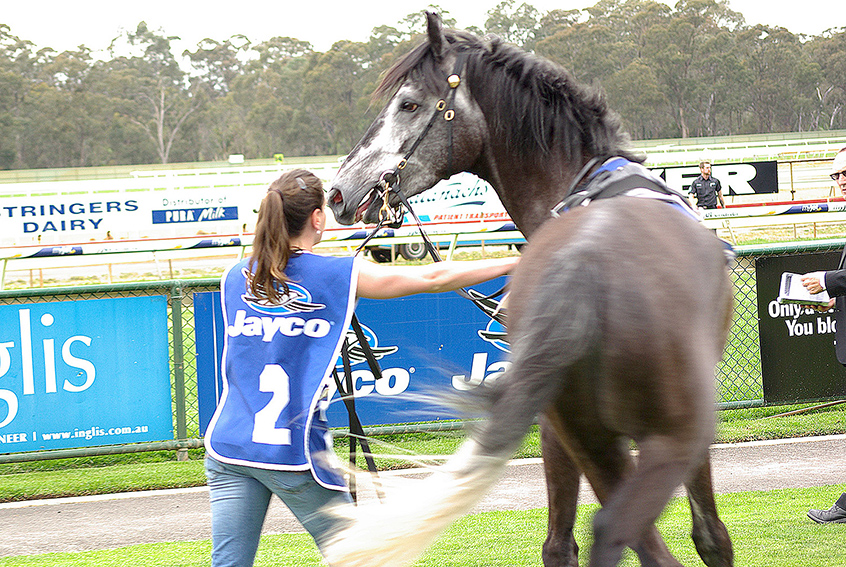New Publication: Thoroughbred Welfare, Naturalness and the Legitimacy of Racing
Posted on August 28th, 2020

My latest article has just been published: Naturalness and the Legitimacy of Thoroughbred Racing: A Photo-Elicitation Study with Industry and Animal Advocacy Informants. It has always been very interesting to me to see what kind of images of horses involved in racing the racing industry has used for their messaging. I kept wondering: Don’t they really look at the horse? Are they not worried about the kind of story the horse is telling the outside world about common racing practices? Turns out in some cases they are.
My recently published article brings into spotlight the impact of common racing practices on thoroughbreds, and the consequences of the racing industry’s non-recognition of these impacts.
The international thoroughbred industry is concerned about the public’s perception of racing. In terms of welfare, their priorities are to address the publicly most visible and known welfare violations: Drugs and medication in racing, injury and death on the racetrack and “wastage” (the fate of thoroughbreds no longer used in racing). But many common day-to-day racing practices also impact thoroughbred welfare.
For this study, key industry informants and animal advocacy informants were interviewed to find out how they view common racing practices. For the interviews, photographs of thoroughbreds on raceday were used, which the informants were asked to describe.
Results show industry informants mostly naturalise, normalise, downplay or ignore the horses’ expressions, the impact of handling on the horse and the use of equipment. Most saw the thoroughbred as a willing participant even in the presence of behavioural and emotional expressions that indicated stress, fear and pain. They tended to use assumptions of the nature of thoroughbreds as explanations for the thoroughbreds’ emotional and behavioural expressions. The industry informants and the thoroughbred industry at large see nature as a limiting factor to be overcome through invasive means.
The animal advocacy informants also used assumptions about the nature of the horse as an explanation for the thoroughbreds’ mental and behavioural expressions on raceday. However, they tended to view the thoroughbreds’ assumed mental and behavioural predispositions as an explanation for why racing practices are not in the interest of their welfare. They mostly saw the thoroughbreds’ expressions as indicating stress, agitation, being disturbed and experiencing anxiety. They tended to see a horse whose nature is violated.
The study concludes that the industry informants show limited interest in addressing common racing practices, and this places thoroughbred welfare at risk. The notion of naturalness emerges as a relevant concept that can be used to advance the animal protection discourse.
The study also demonstrates the application of an analytical tool, the Layers of Engagement with Animal Protection, that can be adopted to interrogate other human-animal relationships, multispecies communities and animal industries.
With society’s understanding of welfare and of racing practices growing, the racing industry may be increasingly questioned about common racing practices.
Next time you see a thoroughbred in person or in an image on raceday, perhaps ask yourself what it is that you see. Perhaps you see something different before and after you have read the article…
Last edited 24/10/2020
